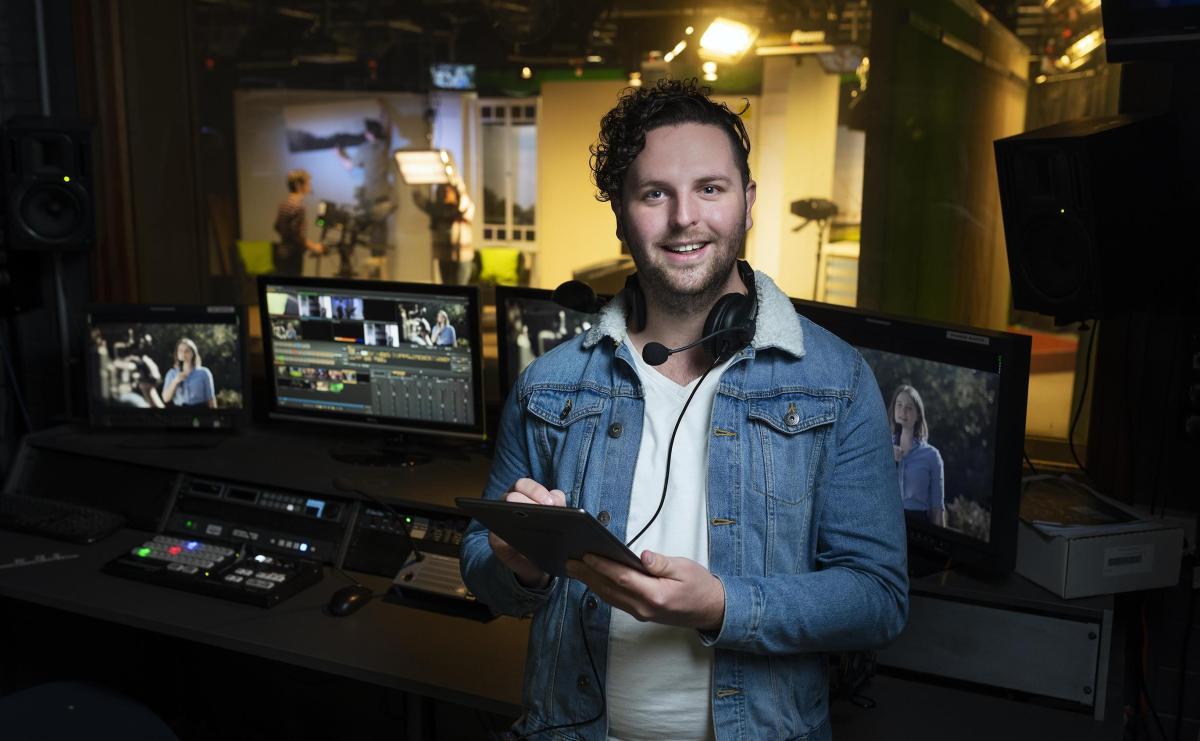Landing on UniSA’s course home page for Creative degrees, prospective students are faced with the testimonial: ‘We’re known for breaking the boundaries and working beyond limits, just as all great creative practitioners do.’
This statement captures the spirit of resilience and innovation that is core to shaping a career in the arts and creative industries – thinking that has even greater currency as the next generation of professionals face a post-COVID landscape.
‘It’s not just now,’ said Professor Joanne Cys, Executive Dean, UniSA Creative, University of South Australia. ‘The quality of resilience has been at the fore over the last five to eight years as one of most translational and employable skills.
‘I don’t refer to these as soft skills; these are often the skills that enable graduates to secure employment and are the very qualities that we try and engender in our students,’ she told ArtsHub.
While Australia faces different levels of restrictions nationally because of the pandemic, UniSA is preparing to welcome students back to its studio-based teaching facilities later this month. It will further engage prospective students with its Open Week, scheduled for August.
Why a dynamic cross-discipline environment is valuable in emerging careers
It would not be wrong to describe UniSA as an education powerhouse, with its offering of 30+ degrees across a range of creative disciplines.
Incorporating the South Australian School of Art, UniSA brings together the disciplines of architecture, planning, art and design, journalism, communication and media, film and television, performing arts, cultural studies and the creative industries to produce flexible graduates with multidisciplinary capabilities.
Cys said it is one of the most comprehensive range of creative degrees, from undergraduate to doctorate level, offered by an Australian university.
‘There are increasing opportunities for interdisciplinary collaboration, especially when a student has a strong foundation in their chosen field, to then take those learned skills and work with students from other areas. It means that they are able to extend themselves beyond their own field, which is relevant to real work applications’ Cys explained.
Professional partnerships with real career application
A unique strength of UniSA’s course offerings are the professional partnerships with the creative sector – not only locally, but nationally.
‘What this means is that our students are embedded in the heart of the arts and creative industries from the get-go,’ said Cys.
‘Work integrated learning is crucial to career outcomes and graduate opportunities, and the best way we have found to do that is to partner with the very best organisations to work with us,’ she added.
One such successful partnership has been established with Rising Sun Pictures, Cys continued.
‘Rising Sun Pictures is part of the global visual effects industry and together we went about generating a local workforce, one that was not reliant on global hires. Who would have guessed, now in COVID, that strategy would have been so relevant?’
UniSA has also worked with Festivals Adelaide, recognising that people working in the festival sector might want to progress their careers with formal qualifications while also arming students with career development and placement opportunities.
‘These sorts of partnerships require careful planning and innovative steps to provide mutual benefits, but it is also a natural way for us to work with industry. We are incredibly well connected as a creative sector in South Australia, and UniSA wants to be in that mix – our students and graduates have plenty to offer,’ said Cys.
Studio based learning in COVID and post-pandemic times
UniSA had to shift quickly in response to health restrictions and physical distancing during COVID-19.
Cys explained: ‘It has led us to understand – especially now as we are on the cusp of returning to face-to-face teaching – the absolute irreplaceable value of engaged studio-based education.’
Recent UniSA research, which looked at COVD-19 and the creative sector, showed there had been a rapid rise in freelance and contract employment in the creative sector prior to the pandemic.
Cys believes that knowledge can help students plan. ‘It’s thinking about the longevity of a career. Typically, our degrees are three or four years, and others that require professional accreditation, such as urban regional planning or architecture, require postgraduate study.
‘What we have to remember is that’s a small amount of time compared to how long a career can be sustained – a creative practitioner might work 40 years. It comes back to resilience.’
Cys says that career resilience is often built through providing a supportive and flexible environment where students know they can expect to fail, try again and improve. ‘That is one of the main characteristics of being a professional creative,’ Cys told ArtsHub.
She continued: ‘That notion of employability is not always completely accurate in artistic and creative fields. Many graduates can go out and start practicing on day one; they don’t need to be the employee of someone else. They can create a sole practice. We are very conscious of preparing our students for that.
‘Plus, there is growing recognition of creative industries as being highly desirable workers for other sectors, so creativity is a very transferrable skill set. The demand for which will only increase.
‘I think the creative industries will be amongst the first to bounce back as well,’ Cys concluded optimistically.





